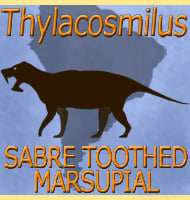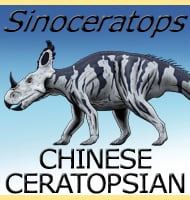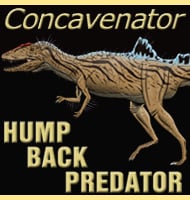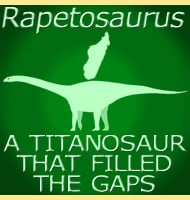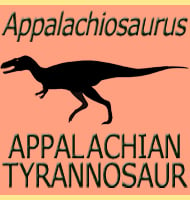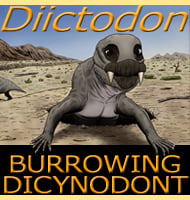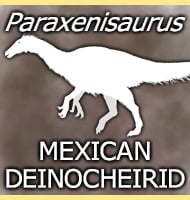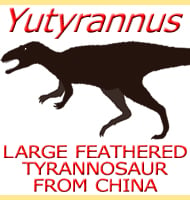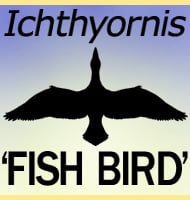In Depth
When Ornithopsis was named by Harry Govier Seeley in 1870, Seeley noted the pneumaticised vertebrae and considered Ornithopsis to represent a link between pterosaurs and birds. Richard Owen however said that he was wrong, the vertebra actually represented a kind of large marine reptile, though one that probably had a well-developed respiratory system. As a result Owen took away the vertebrae and created a new genus called Chondrosteosaurus, upon the basis that Owen believed that the passages on the vertebrae would have been filled with cartilage.
Both Seeley and Owen however were very wrong in their interpretations as the vertebrae were actually those of a sauropod dinosaur. Also a second species of Chondrosteosaurus, C. magnus that was also named by Owen is no longer considered to be valid.
Further Reading
- On Ornithopsis, a gigantic animal of the pterodactyle kind from the Wealden. - Annals and Magazine of Natural History, Series 4, 5: 279-283. - Harry Govier Seeley - 1870. - Monograph on the fossil Reptilia of the Wealden and Purbeck Formations. Supplement 7. Crocodilia (Poikilopleuron) and Dinosauria? (Chondrosteosaurus). - Palaeontographical Society Monographs, 30: 1-7. - Richard Owen - 1876.

